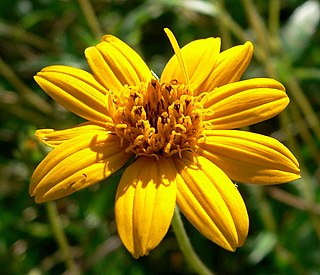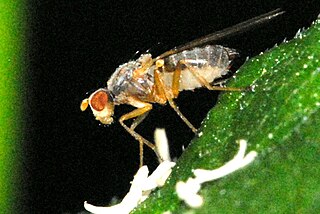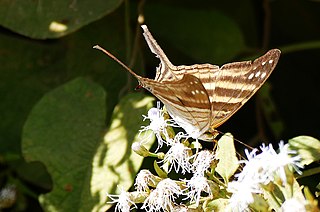| Schroederella iners | |
|---|---|
 | |
| Scientific classification | |
| Kingdom: | Animalia |
| Phylum: | Arthropoda |
| Class: | Insecta |
| Order: | Diptera |
| Family: | Heleomyzidae |
| Genus: | Schroederella |
| Species: | S. iners |
| Binomial name | |
| Schroederella iners (Meigen, 1830) | |
| Synonyms [1] | |
| |
Schroederella iners is a species of fly in the family Heleomyzidae. It is found in Europe. [1] [2] [3]

Flies are insects with a pair of functional wings for flight and a pair of specialized hindwings called halteres for balance. They are classified as an order called Diptera, that name being derived from the Greek δι- di- "two", and πτερόν pteron "wing". The order Diptera is divided into two suborders, with about 110 families divided between them; the families contain an estimated 1,000,000 species, including the familiar housefly, horse-fly, crane fly, and hoverfly; although only about 125,000 species have a species description published. The earliest fly fossils found so far are from the Triassic, about 240 million years ago; phylogenetic analysis suggests that flies originated in the Permian, about 260 million years ago.

The Heleomyzidae are a small family of true flies in the insect order Diptera. Over 740 described species of Heleomyzidae occur in about 76 genera and 22 tribes distributed throughout the world; the greatest number occur in the Holarctic region. Around 100 species of Heleomyzidae are found in North America. Larvae feed on decaying plant and animal matter, mushrooms, and various fungi. Most of the subfamilies have been commonly recognized as families in the past, but are now included within the Heleomyzidae. The composition and monophyly of the family continues to be controversial. McAlpine recently combined Heleomyzidae and Sphaeroceridae into Heteromyzidae, but this arrangement has not been widely accepted.













